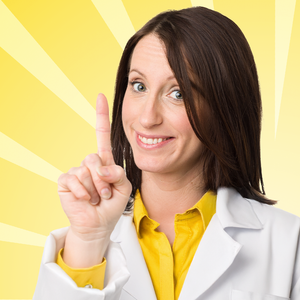Overview
In radiometric cell labeling experiments, a radiolabeled tracer-of-interest or precursor-of-interest (such as an amino acid, a DNA precursor, or a metabolic precursor) is fed to cells by adding the radiochemical to culture media or labeling buffer that is deficient in this chemical. The cells incorporate the radioactive tracer or precursor as it would the unlabeled version of the chemical, allowing you to perform cell-based and in vivo experiments. Radiolabeled chemicals that are provided in a form that can be metabolized by the cell will be processed the same way the metabolic precursor would. An example of this is the use of radiolabeled thymidine to measure DNA synthesis. In some cases, an analog of the chemical that cannot be metabolized (such as deoxy-D-glucose in glucose uptake assays) is used to monitor uptake without the risk of the radiochemical being further metabolized by the cell.
Applications
3H thymidine uptake
View more information on thymidine incorporation assays. Cell proliferation studies based on the thymidine incorporation assay are employed frequently in immunological, cancer, stem cells, and pharmaceutical research to assess the ability both of natural and synthetic compounds to stimulate or inhibit the proliferation of lymphocytes. Cell proliferation assays measure the incorporation of a radiolabeled DNA precursor, 3H-thymidine, into the replication strands of DNA produced during cell division.
35S methionine labeling
View more information on 35SS methionine labeling. Metabolic labeling of cells with low-energy beta-emitting radioisotopes such as [35SS]methionine and [35SS] methionine/cysteine is often used to follow the biosynthesis, maturation, and degradation of proteins in vivo.
32P orthophosphate labeling
View more information on in vivo phosphorylation assays using 32P. Cell-based radioactive phosphorylation assays rely on the use of phosphate-free culture media supplemented with a radiolabeled source of phosphate to "feed" the cells 32P.
Glucose uptake
View more information on glucose uptake assays. Glucose uptake is often used to measure cellular metabolic activity and cell viability. Glucose uptake assays are also used to study glucose transport, which is particularly relevant in the study of related metabolic disorders such as diabetes and GTPS.
Custom services at Revvity
Revvity offers custom radiochemical as well as other custom services. If you are interested please contact us.
Radiosynthesis and Labeling Custom Services
For research use only. Not for use in diagnostic procedures. The information provided above is solely for informational and research purposes only. Revvity assumes no liability or responsibility for any injuries, losses, or damages resulting from the use or misuse of the provided information, and Revvity assumes no liability for any outcomes resulting from the use or misuse of any recommendations. The information is provided on an "as is" basis without warranties of any kind. Users are responsible for determining the suitability of any recommendations for the user’s particular research. Any recommendations provided by Revvity should not be considered a substitute for a user’s own professional judgment.






































